Fancy and mollies
phoenix28
18 years ago
Related Stories

PETSWhat Chihuahuas Can Teach Us About Interior Design
Who knew these tiny dogs could be such a huge fount of design tips? Houzzers did
Full Story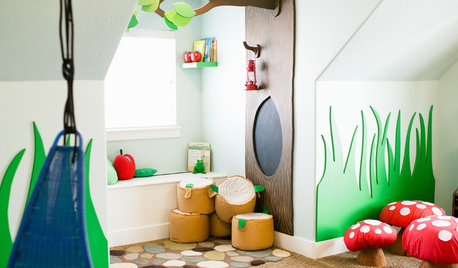
KIDS’ SPACESRoom of the Day: Where Imagination Rules
An interior designer creates a playroom based on her own childhood fantasies
Full Story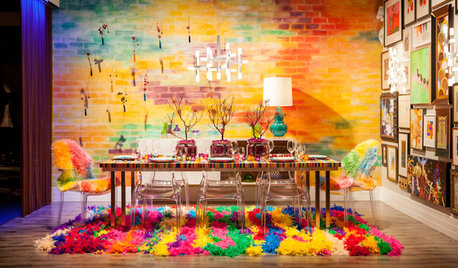
FUN HOUZZ10 Fantasy Dining Rooms for a Good Cause
Outlandishly creative or subtle and sophisticated, these designer spaces for Serving Up Style 2013 show admirable imagination
Full Story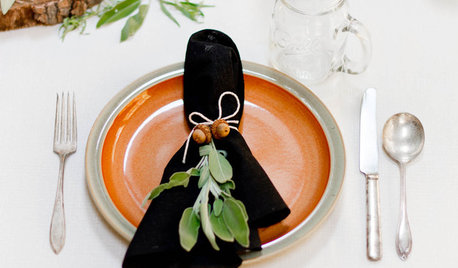

DECORATING GUIDES9 Tips for Making Your Shelf Display Look Great
Learn the tricks stylists use when arranging objects on a shelf
Full Story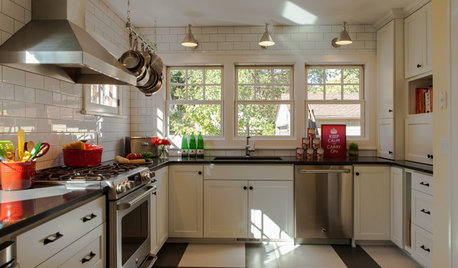
KITCHEN DESIGNGet Ideas from 10 Kitchen Makeovers
Share your thoughts on gorgeous kitchen transformations from Boston to Bristol. Which is your favorite?
Full Story
MOST POPULAR8 Clues You're a Creative Type
You always knew you were different. And if these traits fit, now you'll know why
Full Story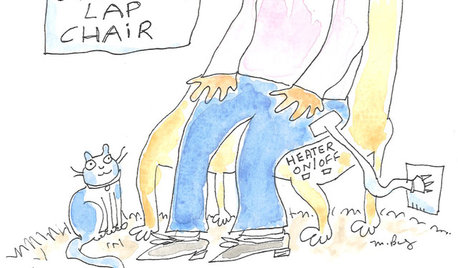
FUN HOUZZIf Cats Could Design
Ever wonder what your cat might dream up as an architect or interior designer? Here's a peek
Full Story
FUN HOUZZ6 Reasons Every House Needs a Cat
Everyone should have a feline fixture as part of their home decor. Here's why
Full Story
PETSHouzz Call: Send in the Design Cats
Post your best photo of your cat at home, in the garden or with you in your studio. It could be published in a featured ideabook
Full Story





woeisme
phoenix28Original Author
Related Professionals
Newcastle Landscape Architects & Landscape Designers · Alamo Landscape Contractors · Ellicott City Landscape Contractors · Federal Way Landscape Contractors · Fridley Landscape Contractors · Pleasanton Landscape Contractors · Salem Landscape Contractors · Tacoma Landscape Contractors · Tuscaloosa Landscape Contractors · West Chester Landscape Contractors · Batavia Decks, Patios & Outdoor Enclosures · Billerica Decks, Patios & Outdoor Enclosures · Orland Park Decks, Patios & Outdoor Enclosures · Pataskala Decks, Patios & Outdoor Enclosures · Pleasant Grove Decks, Patios & Outdoor Enclosuresmelle_sacto is hot and dry in CA Zone 9/
raul_in_mexico
skygee
woeisme
raul_in_mexico
woeisme
phoenix28Original Author
melle_sacto is hot and dry in CA Zone 9/
woeisme
melle_sacto is hot and dry in CA Zone 9/
melle_sacto is hot and dry in CA Zone 9/
phoenix28Original Author
woeisme
phoenix28Original Author
woeisme
melle_sacto is hot and dry in CA Zone 9/
woeisme
raul_in_mexico
phoenix28Original Author
woeisme
skygee
pequafrog
phoenix28Original Author
uninformed_kitty